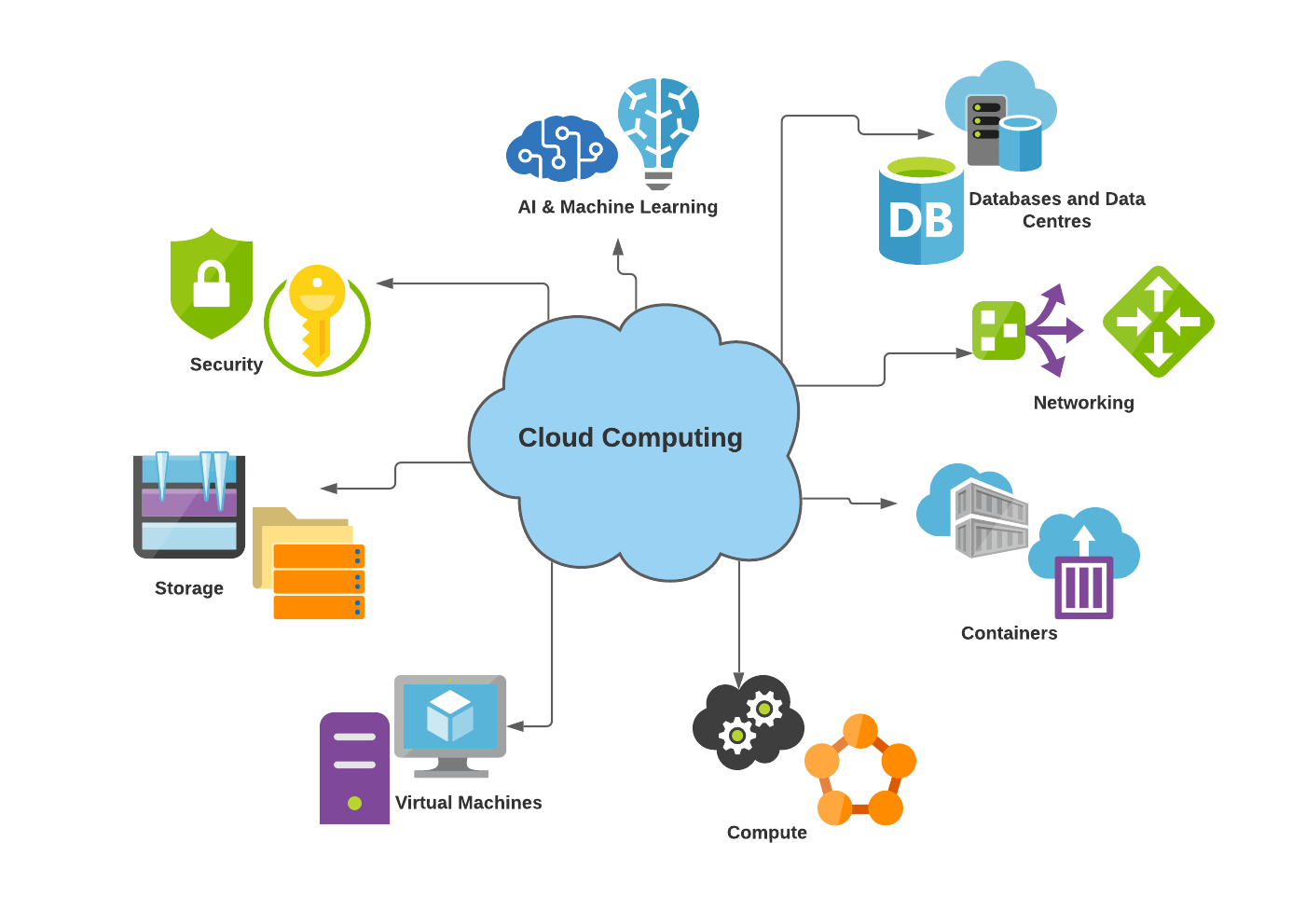Cloud Hosting is a way for businesses to use computing and storage resources provided by a service provider in a utility model. In this model, the service provider manages the setup, infrastructure, security, and maintenance, allowing customers to customize hardware and applications as needed. Resources are distributed across virtual machines in a cloud infrastructure configuration.
Difference Between Cloud and Hosted Services:
Hosted Services:
Hosted Services refer to technology services with infrastructure located outside the recipient’s physical location. These services can be traditional or cloud-based, with infrastructure owned and operated by a service provider. Examples include email, Software as a Service (SaaS), website hosting, and security.
Cloud Services:
Cloud Services are a subset of hosted services specifically hosted in the cloud. The hardware, network, storage, and solutions come from a cloud vendor. Unlike traditional hosted services, cloud services are distributed and delivered to multiple users simultaneously. Examples include cloud computing, SaaS, cloud desktops, and cloud storage.
Top Cloud Hosting Providers:
Major cloud hosting services include Amazon Web Services (AWS), Google Cloud Platform, IBM Cloud, and Microsoft Azure. AWS is the dominant player, offering extensive computing services and more regions than other providers. Azure and Google Cloud have also gained traction.
Types of Cloud Computing:
1. Private Clouds:
– Managed Private Clouds: Offer on-demand IT infrastructure to organizations using a private cloud model.
– Dedicated Clouds: Provide complete IT infrastructure for a single user in a public cloud environment.
2. Public Clouds:
– Managed by third-party providers, offering on-demand cloud computing services to multiple organizations. Examples include Google, Microsoft Azure, and AWS.
3. Hybrid Clouds:
– Integrate private and public cloud functions into a single IT infrastructure, combining flexibility and scalability.
4. Multi-Clouds:
– Combine multiple public clouds from different providers, offering diverse cloud services.
Benefits of Cloud Hosting:
1. Scalability & Flexibility:
– Easily adjust resources like storage and bandwidth, making it ideal for businesses experiencing quick growth.
2. Cost Efficiency:
– Pay for resources or services in use, eliminating the need for businesses to maintain extensive hardware.
3. Traffic & Uptime:
– Multiple connected servers reduce downtime, ensuring continuous service availability.
4. Downtime & Disaster Recovery:
– Multi-server setup allows automatic backups, ensuring data recovery with minimal downtime.
5. Ease of Mind:
– Vendors or server hosts manage the cloud, providing customer service and technical support.
6. Collaboration:
– Enables remote access to applications and data from anywhere with an internet connection.
Cloud Computing Models:
1. Infrastructure as a Service (IaaS):
– Provides basic building blocks for cloud IT, offering flexibility and control over IT resources.
2. Platform as a Service (PaaS):
– Eliminates the need to manage underlying infrastructure, allowing a focus on application deployment and management.
3. Software as a Service (SaaS):
– Provides a completed product managed by the service provider, simplifying user experience.
Amazon Web Services (AWS):
AWS, launched in 2002, is the most popular cloud service provider globally, offering a range of cloud services.
In conclusion, cloud hosting offers businesses a cost-effective, scalable, and flexible solution with various models to suit specific needs. Leading providers like AWS continue to shape the landscape of cloud computing.

